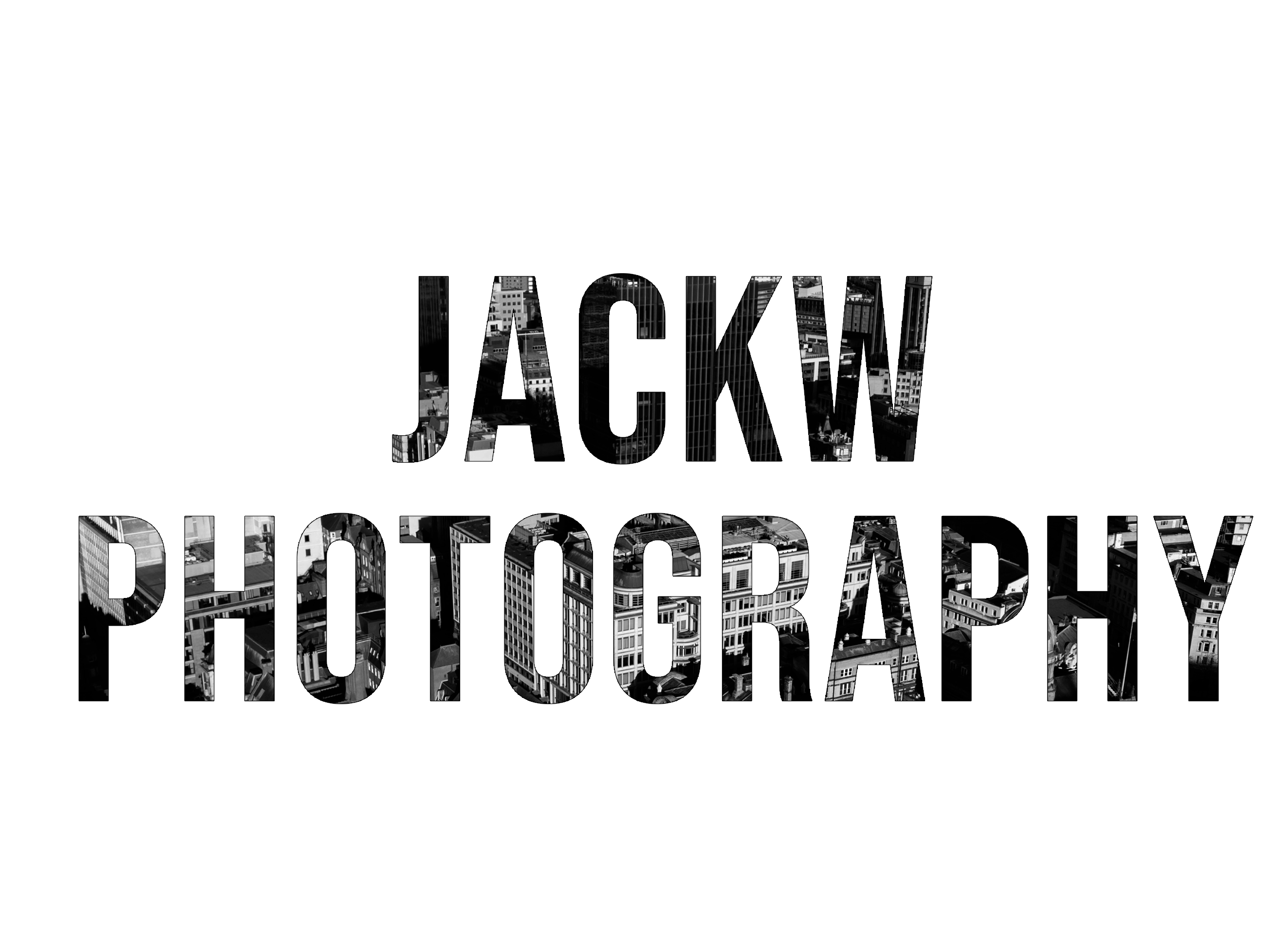FT Weekend Magazine (22nd-23rd August 2020)
The River
How the Thames Shaped London. A Photography Special
This blog entry is based on an extract from the TF weekend magazine, which was written by Mark Sowden.
Mark Sowden is a photographer from London, who searches the foreshores of the River Thames, hunting for historical relics to "form a collage of London's past". He has visited the Thames a number of times over the past three years, he does this in order to uncover new objects to include in his work. He says, "For a fews hours at low tide it is possible to step into an elemental landscape of mud, water, sand and stone". There is a lost history beneath the surface, and Sowden's aim is to uncover these mysteries, to show the world a small part of history. However, this isn't something everybody could do, he has a permit from the Port of London. This allows him to search these areas, as long as he protects the archeological sites. In order to do so, he claims that he doesn't use a metal detector or dig the areas, he just takes what is visible above the surface.
Some of the things he has found whilst searching are animal bones, fossils, Medieval tiles, Roman beakers, Tudor dress pins and lead bullets with impact marks on them. He then states that these form a "fragmented collage", consisting of over 2,000 years of history. When he is speaking of his findings, he describes them by saying, "Colour, form and texture endure but the objects I find are rarely complete". The incomplete nature of this history motivates Sowden to finish these, with his own twist on it. He arranges all of the artifacts into different mosaic designs and patterns, brings an essence of beauty to them.
In a part of the extract, he begins to mention how some of the objects have marks of history on them, he says "Sometimes fingerprints are visible and it is possible to place my finger in an impression made 700 years ago". This is incredibly intriguing to me, it is almost as though he is touching a moment frozen in time, making a physical connection with the past. Towards the end of the article, Sowden speaks on his reasoning for doing this by saying, "I am bringing them into sight, into circulation as things to be held and researched, shown and cherished, after years of being forgotten and abandoned". By doing this, it is like he is bringing history back to life, these things probably would have never been seen if it wasn't for Sowden finding them. It begs the question, what else is out there?
